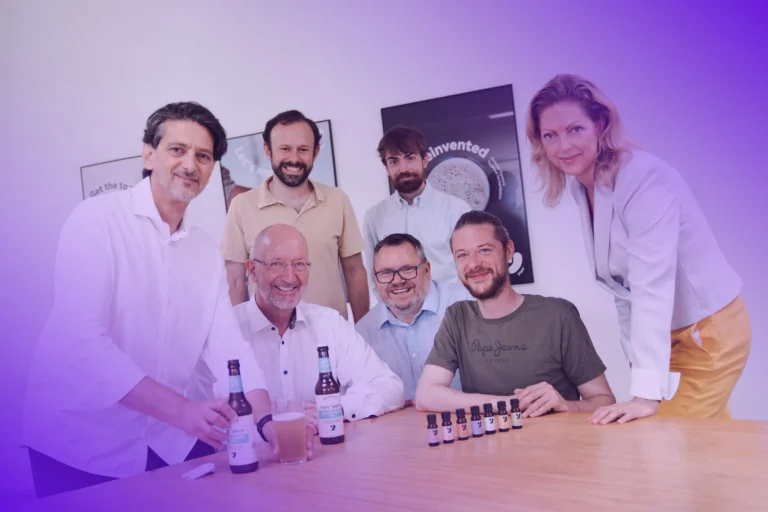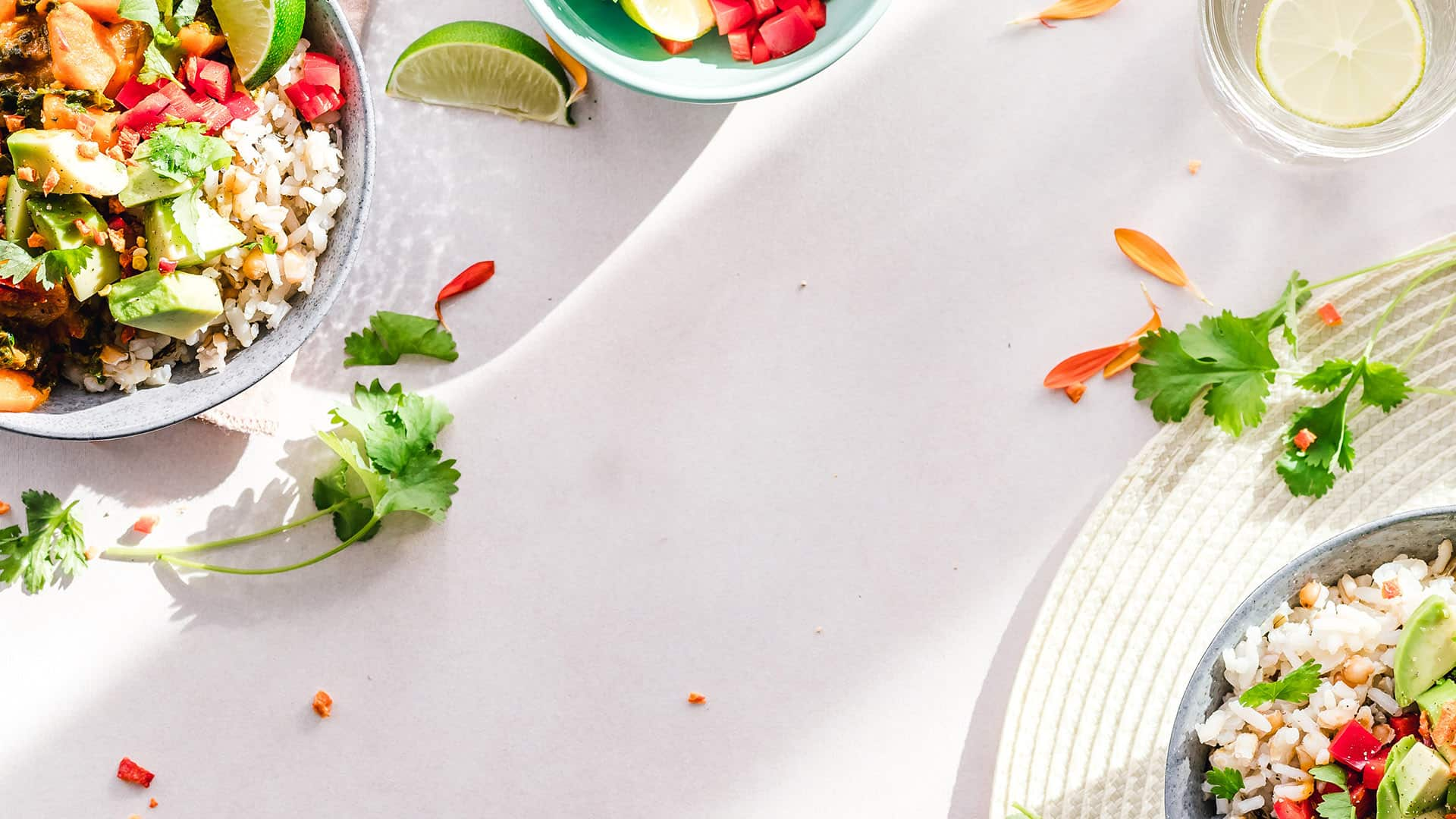
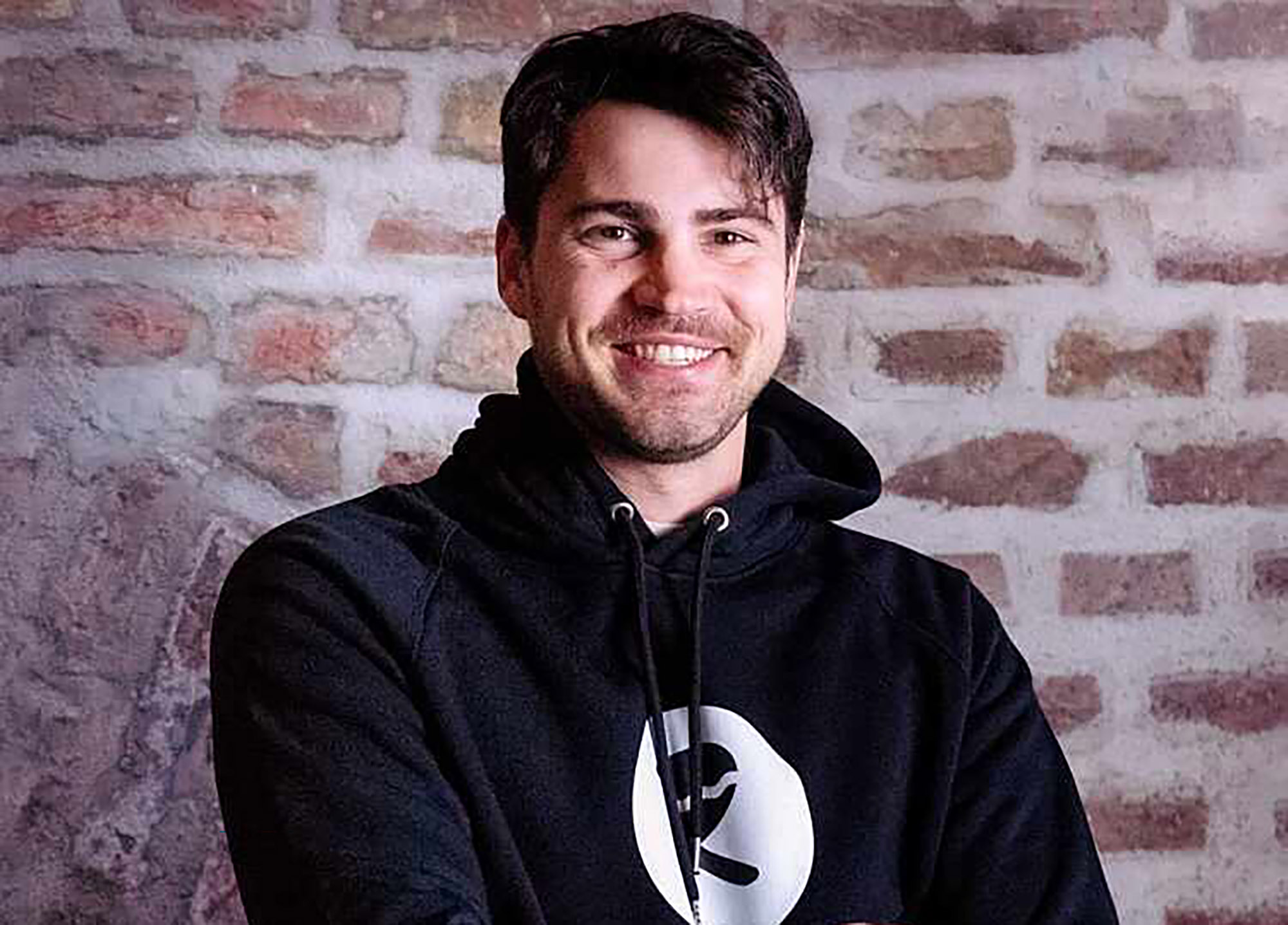
FPP Amsterdam 2025 Speaker Exclusive: From fungi to filets - how Revo Foods is rewriting the rules of alternative protein
Robin Simsa isn’t interested in copycat burgers or gimmicks. As CEO of Revo Foods, he’s using mycoprotein and 3D structuring to reinvent what alt protein can be – layered, functional, and genuinely exciting
When Robin Simsa takes the stage at The Future of Protein Production Amsterdam 2025 on 29-30 October, he’ll represent one of the most distinctive voices in alternative protein. As the CEO of Revo Foods, he is reshaping the seafood and alt-meat landscape with a combination of mycoprotein and 3D structuring technology – an approach that’s as much about culinary innovation as it is about nutritional reinvention.
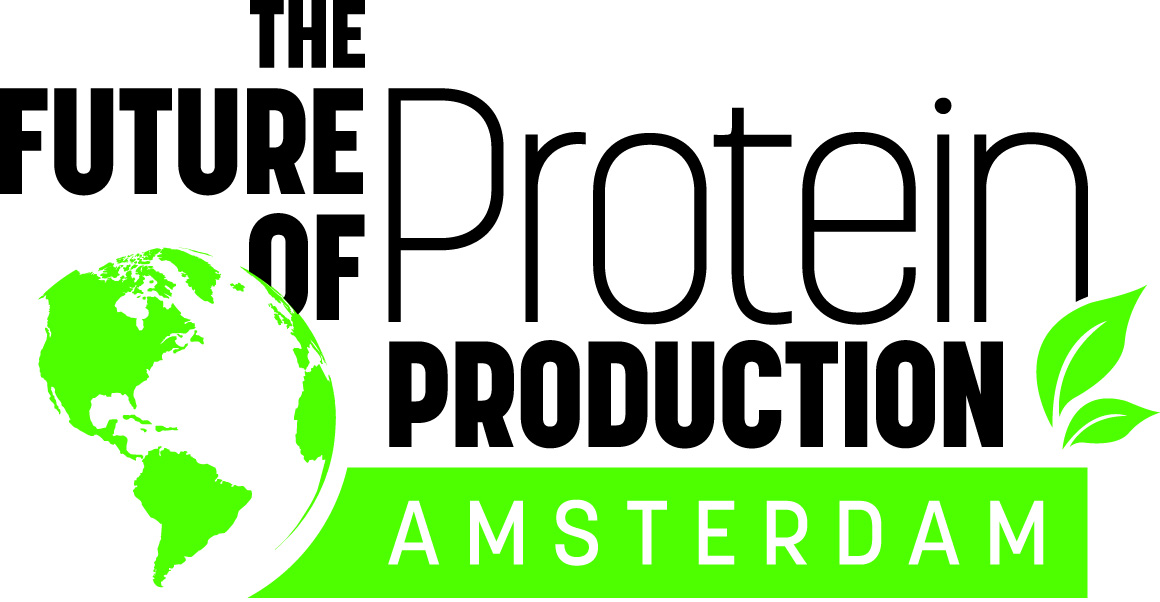
Revo’s origin story centers not on plant-based patties or extrusion lines, but on the idea of whole-cuts: products with real structure, texture, and layered complexity. “When we started, everyone was working with extrusion technology, which is good for simpler types of products,” Simsa explains. “But it lacks heterogeneous product capacities, as needed for products with advanced flavor or texture profiles.” A chance encounter with fungi protein revealed its potential as an ideal base for 3D layering – a breakthrough that gave Revo its signature material and method.
Mycoprotein’s moment
Simsa believes fungi-based foods are the answer to the current skepticism facing plant-based meats. “A lot of plant-based meats are highly processed, with long ingredient lists and an artificial taste. That’s turning people off,” he says. “Mycoprotein is different – it’s naturally high in protein and has a texture that’s already very close to meat or seafood.” The nutrition profile is equally compelling: a complete amino acid profile, superior bioavailability (higher than chicken or beef), and more protein per calorie than beef.
This isn’t just about imitation, Simsa argues. “We see more and more people looking for healthy, functional foods that don’t try to imitate meat but offer something new,” he says. Revo’s positioning is shifting accordingly – from ‘meat alternatives’ to ‘natural fungi protein’, a framing that speaks to current consumer trends around clean-label and whole-food nutrition.
While established players such as Quorn paved the way for mycoprotein, Revo’s philosophy is distinct. “Quorn has always focused a lot on narratives around ‘meat alternatives’, while we now focus more on the advantages of mycoprotein itself,” Simsa says. “We believe that goes perfectly with the current trend of clean-label, high-protein products.”
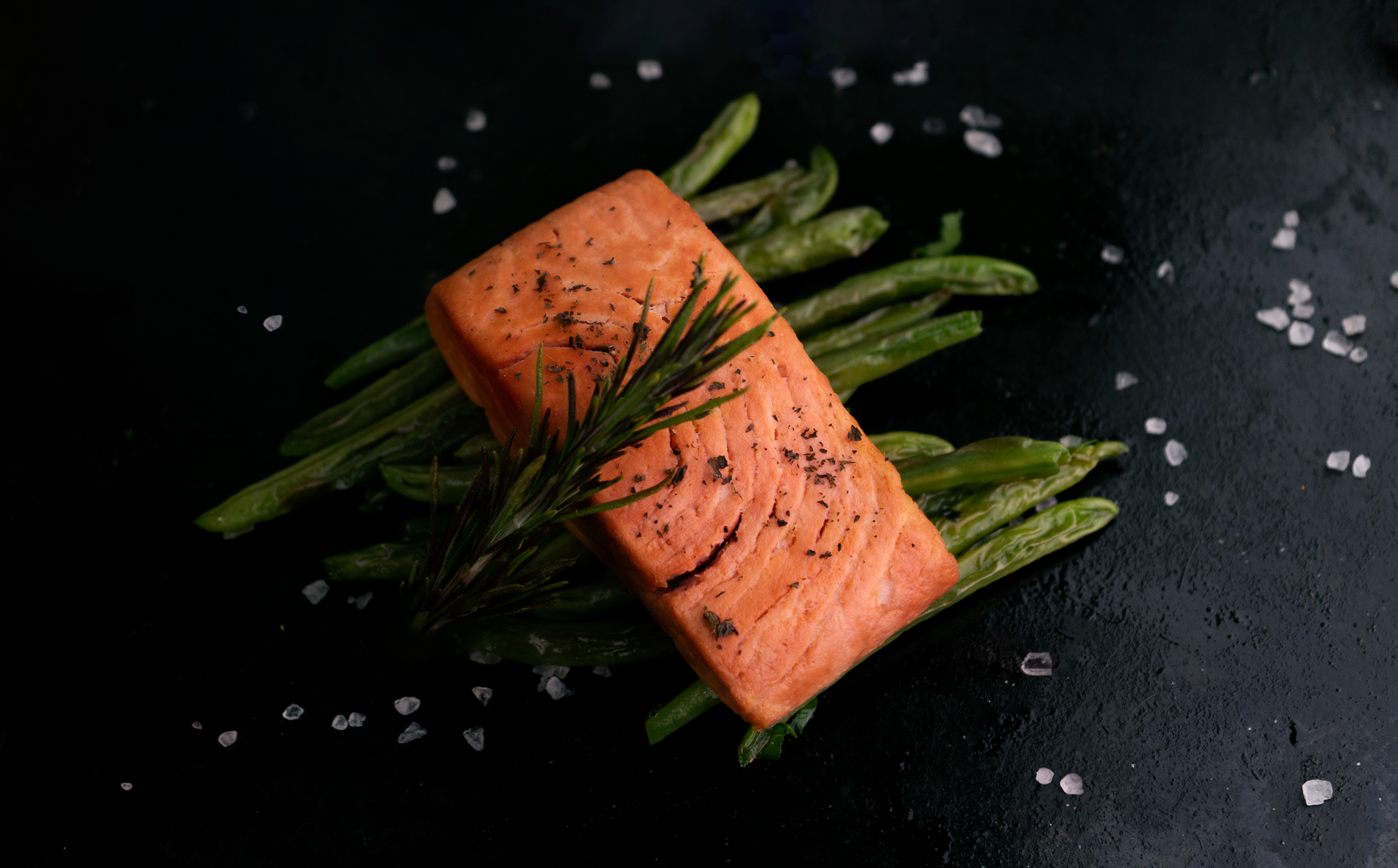
Printing the future
Perhaps more than any other company in the space, Revo Foods is defined by its use of 3D food structuring – a technology that once seemed gimmicky, but which Simsa sees as a game-changer. “With 3D printing, we can control the structure of the product much more precisely,” he explains. “We can recreate layers, fibers, and even the flakiness you find in real fish. Extrusion is great for making uniform products like burgers or nuggets, but it struggles with more complex textures.”
This precision comes with production challenges, but Revo has made rapid progress. “Over the past two years, we’ve made big steps in scaling the process,” Simsa reveals. “We now use an industrial 3D system that produces multiple products at once, with stable quality and good speed.” Their Vienna-based facility – dubbed ‘The Taste Factory’ – has already seen a significant increase in output.
The product development process itself blends food science and experimentation. “It starts with the texture of the base material – how it behaves during production and cooking,” Simsa explains. “Then we test different production settings: how thick each layer is, the pattern inside, how it holds up during steaming or frying.” The result is not just a lookalike, but something that behaves like the real thing under a knife and on a plate.
Is 3D printing destined to stay niche? Simsa doesn’t think so. “Right now, it works best for high-value products where texture and appearance really matter,” he says. “But as we keep improving speed and cost, we see 3D layering becoming a core part of how we produce certain foods. It won’t replace all methods, but it adds something unique.”

Release THE KRAKEN
Revo’s flair for innovation is perhaps best encapsulated in THE KRAKEN – a 3D-printed vegan octopus that has captivated chefs and consumers alike. “It’s a bit of a ‘crazy’ idea,” Simsa admits. “But people love it so far, so while it might never be fully mainstream, it’s a great showcase of the broad range of what alternative protein products can be.”
THE KRAKEN isn’t just a novelty – it’s a strategic move. “It brings attention to what we’re doing, it shows off the potential of our 3D tech, and it opens doors with chefs and food lovers who are looking for something exciting,” Simsa says. “It’s also a good test case for new formulations and designs.”
Far from being a distraction, niche products such as THE KRAKEN help Revo stand out in a crowded field. “Sometimes it’s not about volume, but about influence,” Simsa says. “And honestly, the demand surprised us – we had to bring it back as a regular product because people kept asking for it.”
Scaling smarts
Revo’s European roots have proven to be an advantage. “Europe is now at the forefront of alternative proteins,” Simsa says. With strong distribution in Austria and Germany – Europe’s largest alt-protein market – Revo is now expanding further into the EU. Entry into German retail giants EDEKA and REWE marks a significant milestone.
The company is also eyeing international growth through strategic partnerships. A recent collaboration with Juicy Marbles is helping bring Revo’s products to the USA. “We’ve always admired what Juicy Marbles is doing,” Simsa says. “They already have the best steaks in the market, we have the best fish filet alternatives – it’s a clear win-win.”
Distribution remains a critical piece of the puzzle. “You can have the best product in the world, but if it doesn’t reach shelves or menus, it doesn’t matter,” Simsa notes. Revo’s go-to-market strategy focuses on supermarkets in the DACH region, while other geographies rely on distributors and food-service partnerships. Collaborations such as the one with Juicy Marbles help speed up market entry by sharing infrastructure and brand equity.
Despite rapid innovation – Revo released seven new products this year – Simsa emphasizes the importance of focus. “Now it’s really about scaling distribution for us,” he says. “You need resilience – it always takes longer than you think. But when you get initial customer traction, have a good product to offer, and a good story behind it, a lot is possible.”
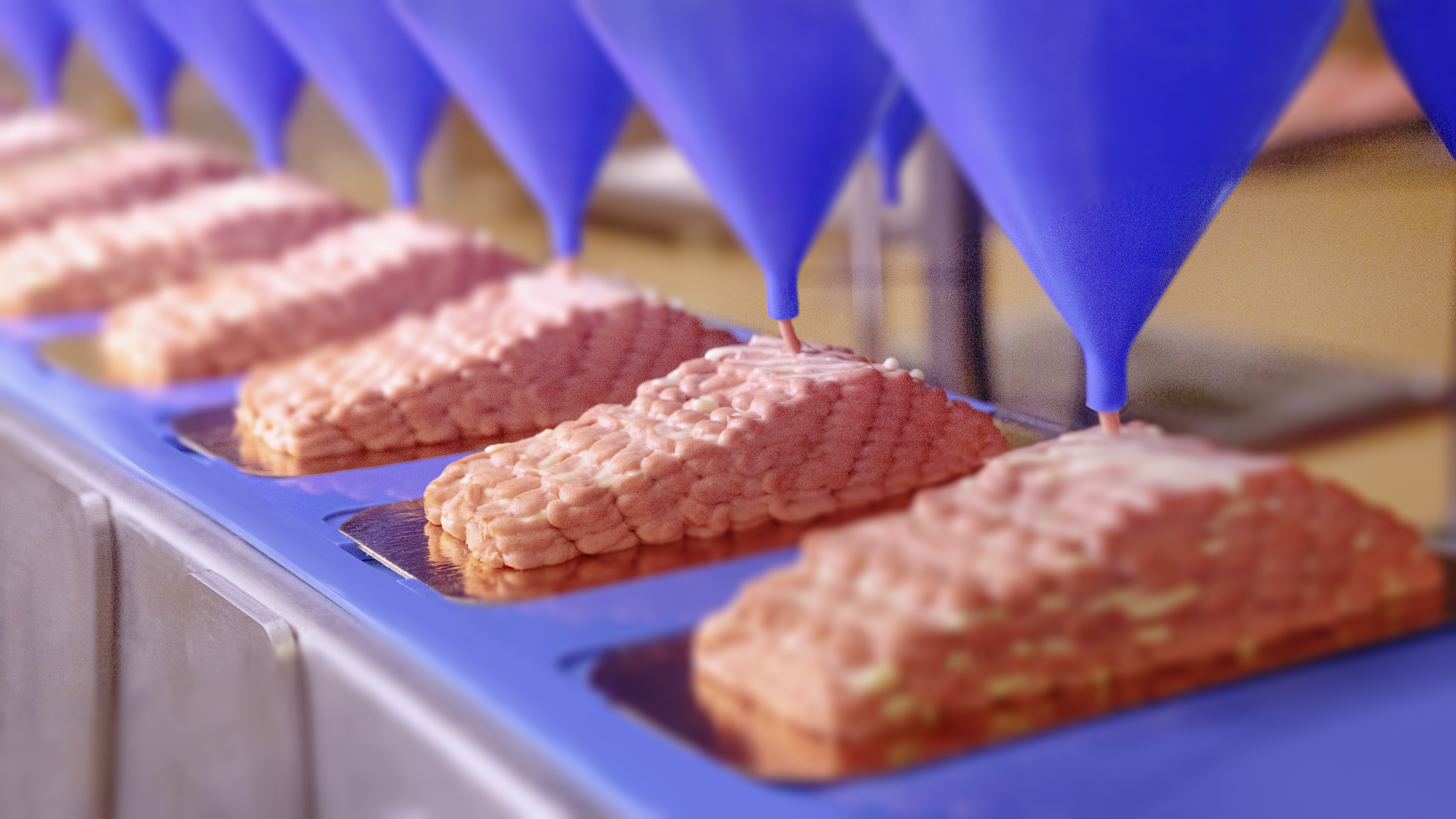
A new narrative
If Simsa could distill Revo Foods into a single sentence, it would be this. “We are bringing the most nutritious, tasty alt protein innovations on the market.” He sees storytelling as a missing piece in the broader alternative protein movement. “There clearly needs to be a more exciting story around alt proteins,” he says. “Revo Foods offers a story around ‘better for you’ products based on one of the most nutritious protein sources on the planet.”
And the biggest misconception? That 3D food printing is just for show. “It’s a really innovative technology that can produce products not achievable with other technologies,” Simsa insists. “It will be involved in much more food production setups in the future.”
Looking to 2026 and beyond, Simsa’s eyes are on the industry’s most stubborn hurdle: demand. “The industry has hit kind of a plateau, and needs a new, compelling story to bring more consumers on board,” he says. That story, Revo hopes, won’t just be about sustainability or ethics – but about creating the most exciting, nourishing foods on the planet.
So, what’s on Simsa’s plate five years from now? “Highly nutritious and functional foods which are ‘better for you’,” he says without hesitation. With Revo Foods, that future is already taking shape – layer by layer.
Robin Simsa is one of more than 100 speakers taking to the stage at The Future of Protein Production Amsterdam on 29/30 October 2025. To join him and more than 1,000 other attendees, book your conference ticket today and use the code, 'PPTI10', for an extra 10% discount on the current rate. Click here
If you have any questions or would like to get in touch with us, please email info@futureofproteinproduction.com


-p-800.jpg)


